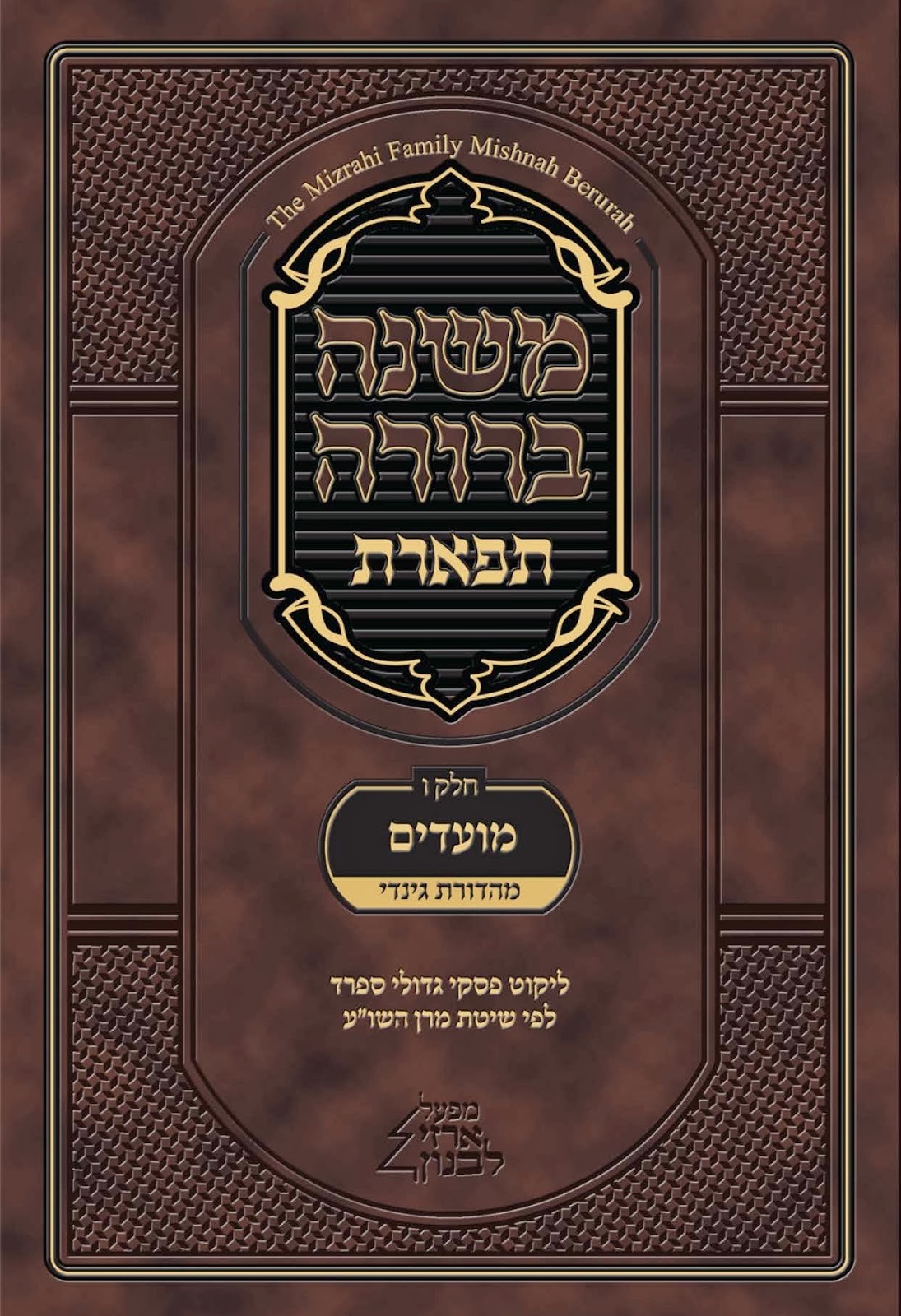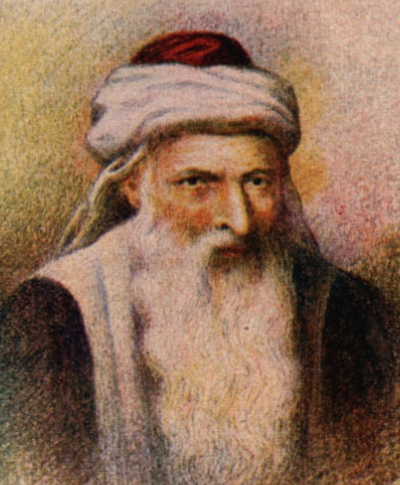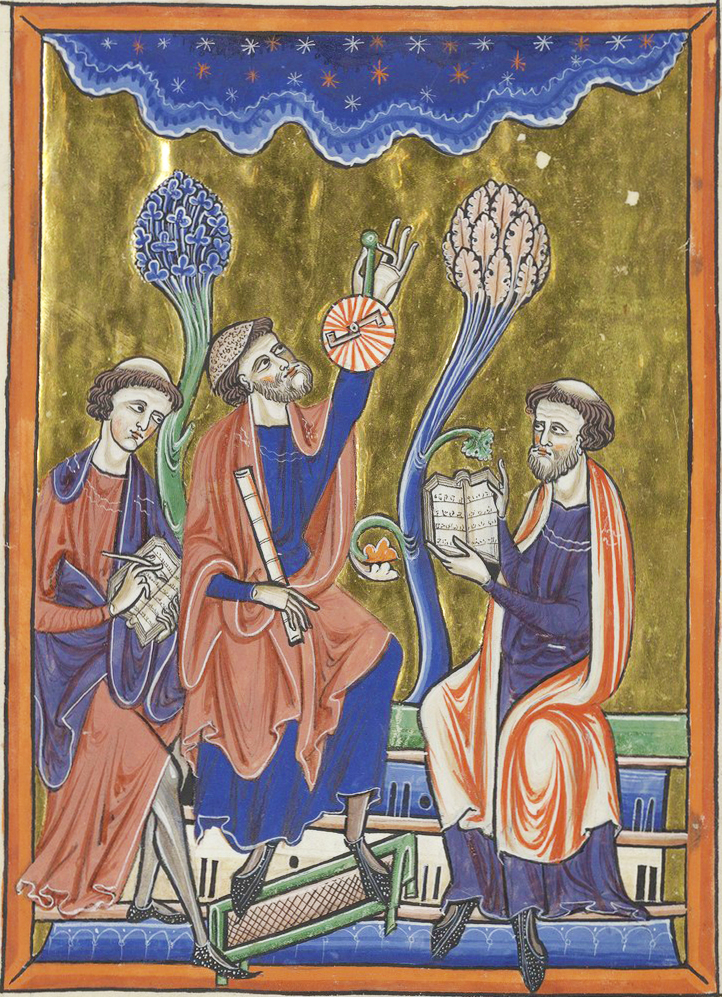|
Yaakov Chaim Sofer
Yaakov Chaim Sofer (1870–1939) (Hebrew: יעקב חיים סופר) was a Sephardi rabbi, Kabbalist, Talmudist and ''posek''. He is the author of ''Kaf Hachaim'', a work of halakha that he came to be known by. Biography Sofer was born in Baghdad, Ottoman Iraq. He studied the Torah under Abdallah Somekh and the Ben Ish Hai. In 1904, he journeyed to Ottoman Palestine together with colleagues Sadqa Hussein and the Asei HaYa'ar in order to meet with the Rishon LeZion, known as the Yisa Berakha, and to pray at the graves of the righteous.Bar Osher, Avishai''Biography of Rabbi Yosef Ḥayyim, the Ben Ish Hai'' pg. 6, Hebrew; ''cms.edu.gov.il'' After visiting Jerusalem, he decided to settle there permanently. He studied in the Bet El yeshiva in the Old City of Jerusalem, well known for the study of kabbalah. In 1909 he moved to the newly founded ''Shoshanim leDavid'' yeshiva. It was here that he composed his works. Sofer authored several works of ''halakha'' and ''aggadah''. His ... [...More Info...] [...Related Items...] OR: [Wikipedia] [Google] [Baidu] |
Chaim Sofer
Chaim Sofer (also known as the Machne Chaim, the name of his responsa) (September 29, 1821 – June 28, 1886) was a renowned Hungarian rabbi and "scholarly spokesperson for Orthodox Judaism during his time." Biography Chaim Sofer was born in Pressburg, Hungary (now Bratislava, Slovakia) on September 29, 1821. His father was Mordechai Efraim Fischel. Sofer attended the famous ''yeshiva'' of Rabbi Moses Sofer (no relation) in Pressburg, and was considered his "most distinguished student". He also attended the ''yeshiva'' of Rabbi Meir Eisenstaedter in Ungvar, Hungary (now Uzhhorod, Ukraine). In 1844, aged 23, he was hired to teach high-school students in a ''yeshiva'' in Mattersdorf, Hungary (now Mattersburg, Austria). He subsequently served as the rabbi of the Orthodox Jewish communities in Gyömöre, Hungary (1852) Sajószentpéter, Hungary (1859) and Munkacs, Hungary (now Mukachevo Ukraine (1868). While he was Chief Rabbi in Munkacs, Sofer was against introducing any "innovations ... [...More Info...] [...Related Items...] OR: [Wikipedia] [Google] [Baidu] |
Yaakov Shaul Elyashar
Yaakov Shaul Elyashar (1 June 1817 – 21 July 1906), also known as Yisa Berakhah, was a 19th-century Sephardi rabbi in Ottoman Syria. He became Sephardi Chief Rabbi of Palestine in 1893. Biography and rabbinic career Yaakov Shaul Elyashar was born in Safed to a prominent Sephardi rabbinical family which had resided in the Land of Israel for centuries. His father, Rabbi Eliezer Yeruham Elyashar, was a shochet. In 1824, when Elyashar was 7, his father died. The family was thrown into poverty, and his mother sold her home and belongings and supported her only son by working as a seamstress. They moved to Jerusalem, and in 1828, she married Rabbi Binyamin Mordechai Navon, who adopted Elyashar and became his teacher and mentor. By the time of his Bar Mitzvah, he was already considered a Torah prodigy. In 1832 at age 15, Elyashar married an orphaned girl. They had four children, three of whom were born while they were still living in his stepfather's home. In 1853 he was appointed ... [...More Info...] [...Related Items...] OR: [Wikipedia] [Google] [Baidu] |
Isaac Luria
Isaac ben Solomon Luria Ashkenazi (1534Fine 2003, p24/ref> – July 25, 1572) ( he, יִצְחָק בן שלמה לוּרְיָא אשכנזי ''Yitzhak Ben Sh'lomo Lurya Ashkenazi''), commonly known in Jewish religious circles as "Ha'ARI" (meaning "The Lion"), "Ha'ARI Hakadosh" (the holy ARI) or "ARIZaL" (the ARI, of Blessed Memory ( Zikhrono Livrakha)), was a leading rabbi and Jewish mystic in the community of Safed in the Galilee region of Ottoman Syria, now Israel/Palestine 1948. He is considered the father of contemporary Kabbalah, his teachings being referred to as Lurianic Kabbalah. While his direct literary contribution to the Kabbalistic school of Safed was extremely minute (he wrote only a few poems), his spiritual fame led to their veneration and the acceptance of his authority. The works of his disciples compiled his oral teachings into writing. Every custom of Luria was scrutinized, and many were accepted, even against previous practice. Luria died at Safed, Damascu ... [...More Info...] [...Related Items...] OR: [Wikipedia] [Google] [Baidu] |
Mishnah Berurah
The ''Mishnah Berurah'' ( he, משנה ברורה "Clear Teaching") is a work of ''halakha'' (Jewish law) by Rabbi Yisrael Meir Kagan (Poland, 1838–1933, also known as ''Chofetz Chaim''). It is a commentary on ''Orach Chayim'', the first section of the ''Shulchan Aruch'' which deals with laws of prayer, synagogue, Shabbat and holidays, summarizing the opinions of the ''Acharonim'' (post-Medieval rabbinic authorities) on that work. The title comes from b. Shabbat 139a, "They will rove, seeking the word of the LORD, but they will not find it (Amos 8:12) -- they will not find clear teaching and clear law in one place." Contents The ''Mishnah Berurah'' is traditionally printed in 6 volumes alongside selected other commentaries. The work provides simple and contemporary explanatory remarks and citations to daily aspects of ''halakha''. It is widely used as a reference and has mostly supplanted the Chayei Adam and the Aruch HaShulchan as the primary authority on Jewish daily living am ... [...More Info...] [...Related Items...] OR: [Wikipedia] [Google] [Baidu] |
Yoreh De'ah
Yoreh De'ah ( he, יורה דעה) is a section of Rabbi Jacob ben Asher's compilation of halakha (Jewish law), Arba'ah Turim around 1300. This section treats all aspects of Jewish law not pertinent to the Hebrew calendar, finance, torts, marriage, divorce, or sexual conduct. (Nevertheless there exists occasional overlap into the excluded areas). ''Yoreh De'ah'' is therefore the most diversified area of Jewish law. Later, Rabbi Yosef Karo modeled the framework of his own compilation of practical Jewish law, the Shulchan Aruch, after the ''Arba'ah Turim.'' Many later commentators used this framework, as well. Thus, ''Yoreh De'ah'' in common usage may refer to an area of halakha, non-specific to Rabbi Jacob ben Asher's compilation. Topics include, but are not limited to: * Permitted and forbidden foods, * Circumcision, * Gentiles, * Foreign worship, * Prohibition against charging interest, * Oaths, * Converts, * Honoring parents, * Honoring scholars and the elderly, * Charity, ... [...More Info...] [...Related Items...] OR: [Wikipedia] [Google] [Baidu] |
Orach Chayim
Orach Chayim, (''manner/way of life'') is a section of Rabbi Jacob ben Asher's compilation of Halakha (Jewish law), Arba'ah Turim. This section addresses aspects of Jewish law pertinent to the Hebrew calendar (be it the daily, weekly, monthly, or annual calendar). Rabbi Yosef Karo modeled the framework of the ''Shulkhan Arukh'' (שולחן ערוך), his own compilation of practical Jewish law, after the ''Arba'ah Turim.'' Many later commentators used this framework, as well. Thus, ''Orach Chayim'' in common usage may refer to another area of halakha, separate from Rabbi Jacob ben Asher's compilation. Orach Chayim deals with, but is not limited to: *Washing the hands in the morning, *Tefillin *Tzitzit (ritual fringes), *Prayer, *Sabbath, *Festivals, *Torah reading in synagogue. Commentaries on the Shulchan Aruch - Orach Chayim * Taz (Turei Zohov) - by Rabbi David HaLevi Segal * Magen Avraham - by Rabbi Avraham Gombiner * Biur HaGra - by the Vilna Gaon * Pri Megadim - by Rabbi Jo ... [...More Info...] [...Related Items...] OR: [Wikipedia] [Google] [Baidu] |
Acharonim
In Jewish law and history, ''Acharonim'' (; he, אחרונים ''Aḥaronim''; sing. , ''Aḥaron''; lit. "last ones") are the leading rabbis and poskim (Jewish legal decisors) living from roughly the 16th century to the present, and more specifically since the writing of the ''Shulchan Aruch'' (Hebrew: , "Set Table", a code of Jewish law) in 1563 CE. The ''Acharonim'' follow the ''Rishonim'', the "first ones"—the rabbinic scholars between the 11th and the 16th century following the ''Geonim'' and preceding the ''Shulchan Aruch''. The publication of the ''Shulchan Aruch'' thus marks the transition from the era of Rishonim to that of Acharonim. Consequences for Halakhic change The distinction between the ''Acharonim'', ''Rishonim'' and ''Geonim'' is meaningful historically. According to the widely held view in Orthodox Judaism, the Acharonim generally cannot dispute the rulings of rabbis of previous eras unless they find support from other rabbis in previous eras. Yet the oppo ... [...More Info...] [...Related Items...] OR: [Wikipedia] [Google] [Baidu] |
Rishonim
''Rishonim'' (; he, ; sing. he, , ''Rishon'', "the first ones") were the leading rabbis and ''poskim'' who lived approximately during the 11th to 15th centuries, in the era before the writing of the ''Shulchan Aruch'' ( he, , "Set Table", a common printed code of Jewish law, 1563 CE) and following the ''Geonim'' (589-1038 CE). Rabbinic scholars subsequent to the ''Shulchan Aruch'' are generally known as ''acharonim'' ("the latter ones"). The distinction between the ''rishonim'' and the ''geonim'' is meaningful historically; in ''halakha'' (Jewish Law) the distinction is less important. According to a widely held view in Orthodox Judaism, the acharonim generally cannot dispute the rulings of rabbis of previous eras unless they find support from other rabbis in previous eras. On the other hand, this view is not formally a part of ''halakha'' itself, and according to some rabbis is a violation of the halakhic system.See Kesef Mishna (Maamrim 2:2), Kovetz Igros Chazon Ish (2:26) ... [...More Info...] [...Related Items...] OR: [Wikipedia] [Google] [Baidu] |
Iraqi Jews
The history of the Jews in Iraq ( he, יְהוּדִים בָּבְלִים, ', ; ar, اليهود العراقيون, ) is documented from the time of the Babylonian captivity c. 586 BC. Iraqi Jews constitute one of the world's oldest and most historically significant Jewish communities. The Jewish community of what is termed in Jewish sources "Babylon" or "Babylonia" included Ezra the scribe, whose return to Judea in the late 6th century BCE is associated with significant changes in Jewish ritual observance and the rebuilding of the Temple in Jerusalem. The Babylonian Talmud was compiled in "Babylonia", identified with modern Iraq. From the biblical Babylonian period to the rise of the Islamic caliphate, the Jewish community of "Babylon" thrived as the center of Jewish learning. The Mongol invasion and Islamic discrimination in the Middle Ages led to its decline. Under the Ottoman Empire, the Jews of Iraq fared better. The community established modern schools in the second ... [...More Info...] [...Related Items...] OR: [Wikipedia] [Google] [Baidu] |
Aggadah
Aggadah ( he, ''ʾAggāḏā'' or ''Haggāḏā''; Jewish Babylonian Aramaic: אַגָּדְתָא ''ʾAggāḏəṯāʾ''; "tales, fairytale, lore") is the non-legalistic exegesis which appears in the classical rabbinic literature of Judaism, particularly the Talmud and Midrash. In general, Aggadah is a compendium of rabbinic texts that incorporates folklore, historical anecdotes, moral exhortations, and practical advice in various spheres, from business to medicine. Etymology The Hebrew word ''haggadah'' (הַגָּדָה) is derived from the Hebrew root נגד, meaning "declare, make known, expound", also known from the common Hebrew verb להגיד.Berachyahu Lifshitz, "Aggadah Versus Haggadah : Towards a More Precise Understanding of the Distinction", ''Diné Yisrael'' 24 (2007): page 23 (English section). The majority scholarly opinion is that the Hebrew word ''aggadah'' (אַגָּדָה) and corresponding Aramaic ''aggadta'' (אַגָּדְתָא) are variants of ''h ... [...More Info...] [...Related Items...] OR: [Wikipedia] [Google] [Baidu] |
Yeshiva
A yeshiva (; he, ישיבה, , sitting; pl. , or ) is a traditional Jewish educational institution focused on the study of Rabbinic literature, primarily the Talmud and halacha (Jewish law), while Torah and Jewish philosophy are studied in parallel. The studying is usually done through daily ''shiurim'' (lectures or classes) as well as in study pairs called '' chavrusas'' (Aramaic for 'friendship' or 'companionship'). ''Chavrusa''-style learning is one of the unique features of the yeshiva. In the United States and Israel, different levels of yeshiva education have different names. In the United States, elementary-school students enroll in a ''cheder'', post- bar mitzvah-age students learn in a ''metivta'', and undergraduate-level students learn in a ''beit midrash'' or ''yeshiva gedola'' ( he, ישיבה גדולה, , large yeshiva' or 'great yeshiva). In Israel, elementary-school students enroll in a ''Talmud Torah'' or ''cheder'', post-bar mitzvah-age students l ... [...More Info...] [...Related Items...] OR: [Wikipedia] [Google] [Baidu] |
Kabbalah
Kabbalah ( he, קַבָּלָה ''Qabbālā'', literally "reception, tradition") is an esoteric method, discipline and Jewish theology, school of thought in Jewish mysticism. A traditional Kabbalist is called a Mekubbal ( ''Məqūbbāl'' "receiver"). The definition of Kabbalah varies according to the tradition and aims of those following it, from its origin in medieval Judaism to its later adaptations in Western esotericism (Christian Kabbalah and Hermetic Qabalah). Jewish Kabbalah is a set of esoteric teachings meant to explain the relationship between the unchanging, eternal God in Judaism, God—the mysterious ''Ein Sof'' (, ''"The Infinite"'')—and the mortal, finite universe (God's Genesis creation narrative, creation). It forms the foundation of Mysticism, mystical religious interpretations within Judaism. List of Jewish Kabbalists, Jewish Kabbalists originally developed their own transmission of Primary texts of Kabbalah, sacred texts within the realm of Jewish traditio ... [...More Info...] [...Related Items...] OR: [Wikipedia] [Google] [Baidu] |









